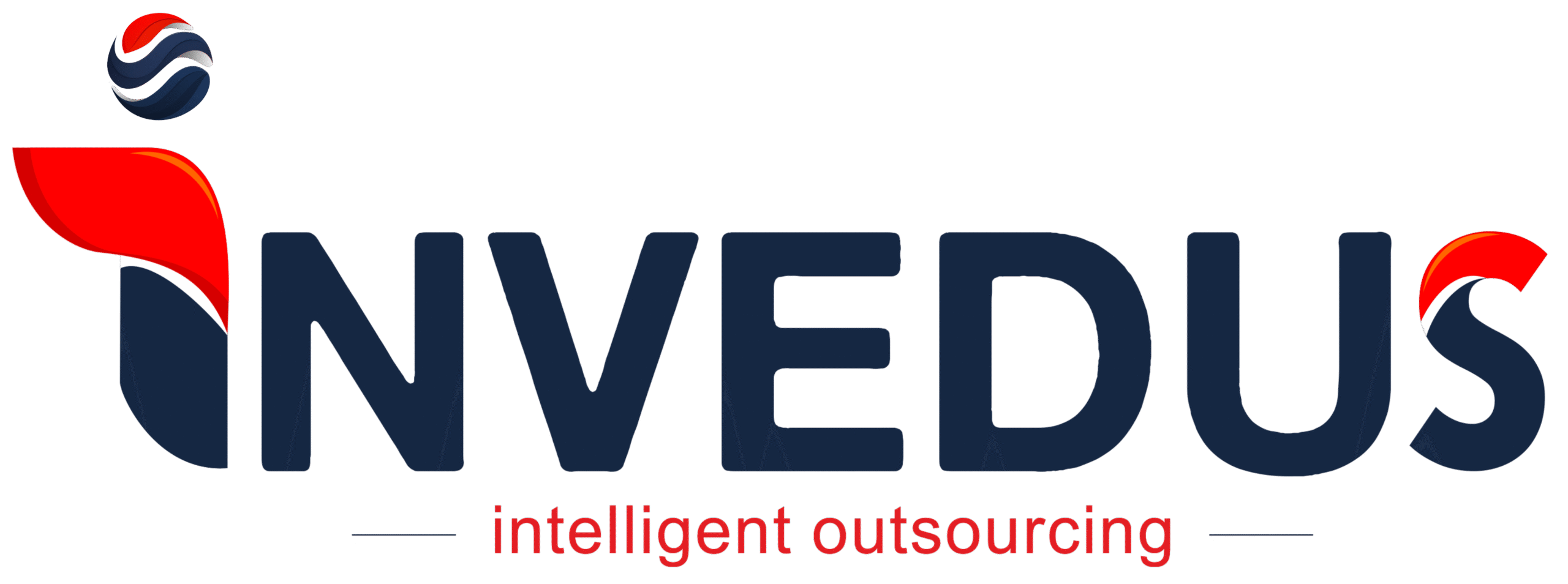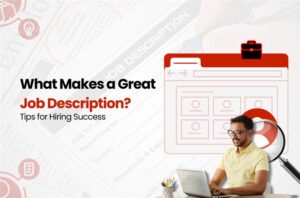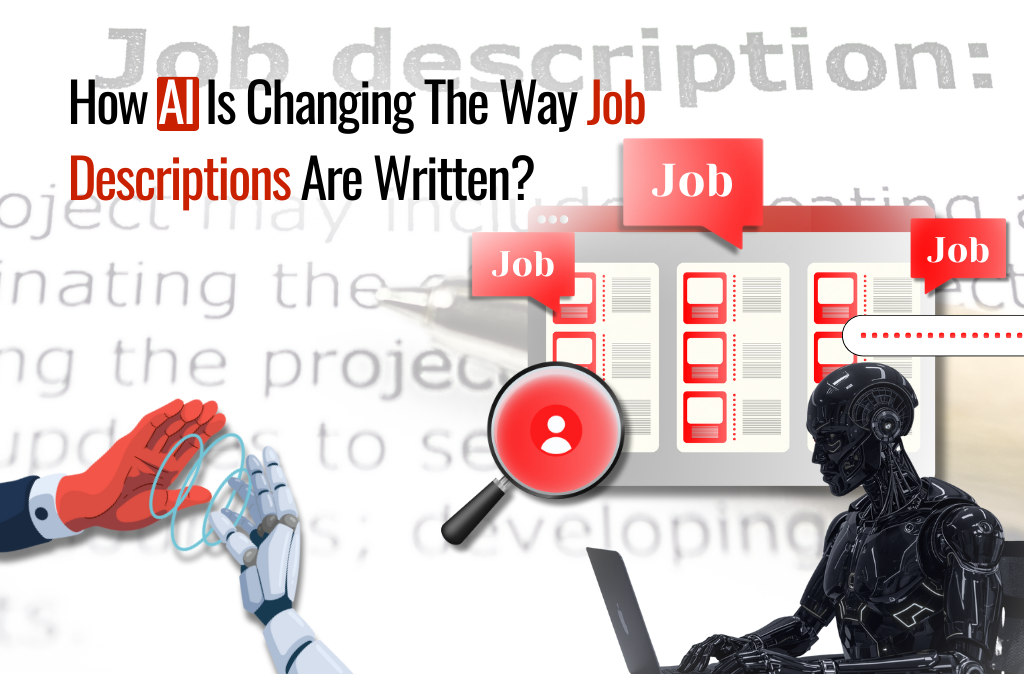
How AI Is Changing The Way Job Descriptions Are Written?
Writing a job description manually takes a lot of time and effort in brainstorming ideas, creating drafts, and editing. With the advancement of Artificial Intelligence and its integration into the recruiting process, the way of description writing has greatly transformed.
Today, HR professionals are no longer dependent on their manual thinking and planning. Instead, they are opting for AI-supported tools to streamline, refine, and personalize job description writing. That’s why about 65% of companies use AI to craft job descriptions (according to research by SHRM).
In this blog post, we are going to elaborate on how AI is changing the way job descriptions are written. We’ll walk you through the different AI tools, along with their practical demos.
1. Get Tailored Job Description Ideas
Every job role has different requirements; writing generic or one-size-fits-all descriptions is not going to give you better results. You need to write a tailored job posting that perfectly reflects the unique expectations and responsibilities of each role. It might seem challenging, but AI has simplified this task by developing a number of smart AI Chatbots such as ChatGPT.
You can use ChatGPT to create different job description ideas based on role-specific input. All you need to do is provide a prompt that specifies job role, required skills, experience, etc. Hence, ChatGPT will automatically craft a description based on your input details.
| For Instance: If you are hiring an “SEO Content Writer”. You should prompt like this;Prompt: “Create a friendly job description for an “SEO Content Writer” with 3 years of writing experience, with a strong grip on storytelling, researching, and editing.” |
Practical Demo;
For better understanding, we provided the above-written prompt to ChatGPT and got a well-structured and customized description.
Here’s the ChaTGPT’s Response:

2. Write Clear and Compelling Content
Crafting clear and engaging content for a job description is important to help job seekers easily understand. But sometimes your writing may contain jargon and technical terms that might lead readers to confusion, and they might exit reading.
Using an AI humanizer can further refine your text, making it sound natural and relatable, as if written by a real person.
Instead of manually simplifying your content, AI offers a quick and extremely useful solution to this problem; i.e., paraphrasing tools. An AI paraphraser lets you transform complex and boring content of your description into clear and reader-friendly content that could engage the reader until the end.
For Example:
“We took a boring and complicated paragraph and rephrased it using an AI paraphraser. The tool instantly refined its wording, improved sentences’ flow, and removed repetitiveness. As a result, we got a smooth and compelling output to read.”
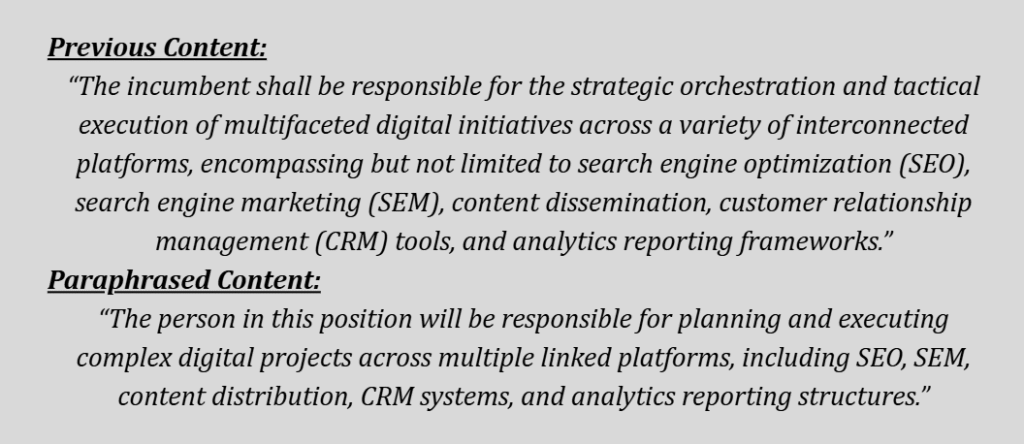
Here’s the Practical Demonstration:
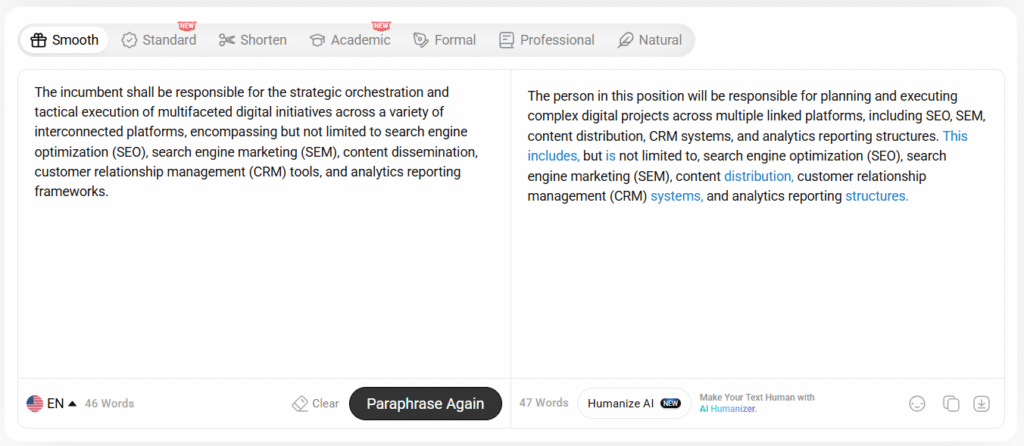
3. Ensure Your Writing Is Grammatically Perfect
While writing job descriptions, you need to ensure that it is grammatically flawless. Any spelling or grammar mistakes can lose the credibility of your job post.
AI has changed the way to perfect the grammar of your job description. For this, it has integrated with AI Grammar Checker tools like Grammarly, which helps to automatically find and correct grammar, typos, and punctuation mistakes.
Here’s the Practical Demo:
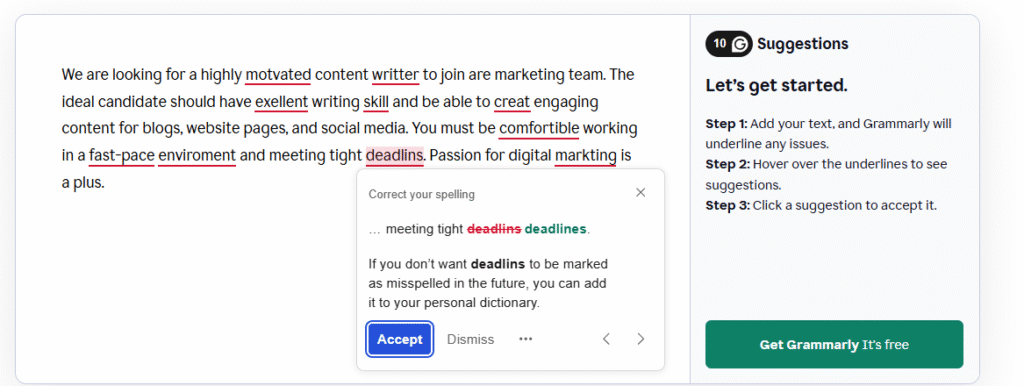
4. AI Helps to Overcome Writer’s Block
Sometimes, you may get stuck while starting your job post’s first paragraph or closing paragraph. In this scenario, an AI-powered paragraph generator comes into play.Beyond ideas, an AI paragraph generator tool for copywriters can help craft high-quality marketing copy with Canva-useful for employer branding bullets and compelling intros in job posts. Instead of finding ideas and thinking too much, you can use this tool to generate a compelling paragraph.
Simply input the prompt that asks what type of paragraph you want to generate, then run the tool. The AI paragraph generator will craft a relevant paragraph that you can read to brainstorm ideas and overcome writer’s block.
For example, you can input a prompt like:
“Write a closing paragraph that invites job seekers to join our tech startup.”
Pictorial Demo:

Besides the above-mentioned tools, several other AI tools are available to optimize keyword density, check and refine readability, and offer templates for your product description.
Pros and Cons of Using AI In Job Description Writing
Pros:
- Scalability: AI tools help HRs save their time and quickly generate job post details.
- Consistency: Using AI-supported tools lets you maintain consistency in writing tone.
- Improve Readability: With AI, you can instantly enhance the readability of descriptions.
- Productivity: AI saves a lot of your effort, improving your productivity.
- Keyword Optimization: AI can help you find relevant keywords and find placements to adjust them in the product descriptions.
Cons
- Excessive use of AI may lead to a decrease in creativity and uniqueness.
- Descriptions created by AI tools might feel templated.
Final Thoughts
Artificial intelligence is changing the way job descriptions are written. With AI tools, you can enhance readability, correct grammar, generate paragraphs, and personalize the content of job descriptions.
All in all, AI tools have made it faster and easier for HR professionals to write impactful and compelling descriptions. However, although AI tools can streamline your description writing task, it is important to strike a balance. So, you should manually check and add a human touch in writing to maintain authenticity.

